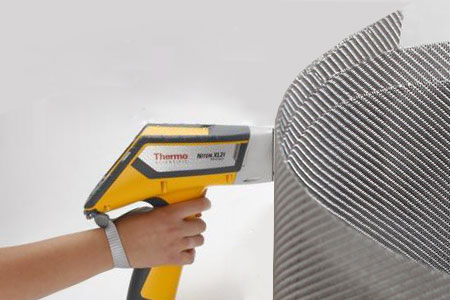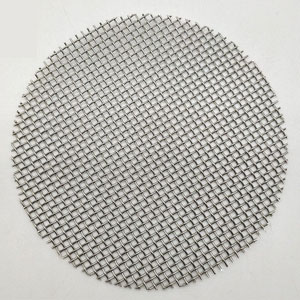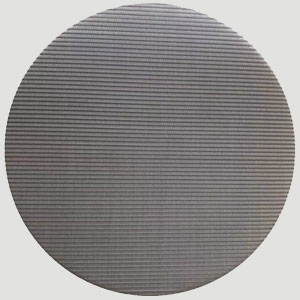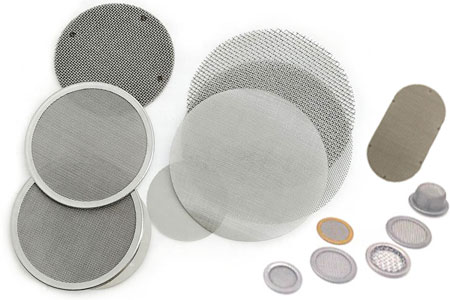Extruder screen is essential in preventing contamination in the melted mass during the extrusion process. It is effect to keeps away mixing of foreign particles in finally equipped extrusion product and provide a clean and clear extrusion to use.
Stainless steel extruder filter screen is widely used because of its corrosion resistance, high temperature resistance and other characteristics. Are often used in the plastic reclamation industry and extruder granulator, extruded profiles and blown film industries,manufacture and reprocessing of plastic.It are also used in the rubber products and to the synthetic fibre industry,petrochemical, food industries.
So what are the matters needing attention in the processing of stainless steel extruder filter screen?
1.Production raw material inspection:
According to customer needs, key inspections: material, weaving method, mesh number, wire diameter.
Material: Woven wire cloth of stainless steel 302, 304, 316, 316L, 310S, 410, 430, 904L, 2205, 2507,etc.
Weaving method: plain weave, plain dutch weave, twill weave, twill dutch weave, five heddle weave, reverse dutch weave.
Mesh count: usually 10 mesh - 650 mesh, and 2800 mesh dutch weave can be offered.
Wire diameter: 0.1mm-6.00mm.

2.Mold making
Due to the large cutting force and high cutting temperature when processing the filter mesh mold, the mold material should be a cemented carbide with high strength and good thermal conductivity. In order to avoid burrs, the front and back of the mold should be carefully polished to ensure a small roughness value, so as to reduce the resistance of mold outflow and avoid burrs and burrs.
3.Selection of cutting fluid
As stainless steel has the characteristics of easy adhesion and poor heat dissipation, it is very important to select cutting fluids with good anti-bonding and heat dissipation properties in boring.
4.Cutting
The cutting of the filter mesh adopts shearing, plasma cutting, sawing, etc.
1)Shearing: When shearing, it should be isolated from the feeding support, and the falling hopper should also be covered with rubber pads to avoid scratches.
2)Plasma cutting: After plasma cutting, the cutting slag should be cleaned up. When batch cutting, the completed parts should be cleaned up in time to avoid contamination of the workpiece by cutting slag.
3)Sawing and cutting: When sawing and cutting, the clamping should be protected by rubber, and the oil and residue on the workpiece should be cleaned after sawing.


5.Forming processing
During the bending process, effective measures should be taken to avoid scratches and creases on the surface of the filter.
6.Splicing
When the filter mesh is assembled, it is necessary to avoid compulsory assembly, especially to avoid flame roasting assembly. If plasma cutting is used temporarily during the assembly or production process, isolation measures should be taken to avoid contamination of other filter meshes by cutting slag. After cutting, the cutting residue on the workpiece should be cleaned up.
7.Welding
The oil, rust, dust and other sundries must be carefully removed before the filter mesh is welded. When welding, use argon arc welding as much as possible. When using manual arc welding, use small current and fast welding to avoid swinging. It is strictly forbidden to ignite the arc in the non-welded area, and the ground wire is located properly and connected firmly to avoid arc scratches. Anti-splash measures should be taken during welding. After welding, use a stainless steel flat shovel to thoroughly clean the slag and spatter.
